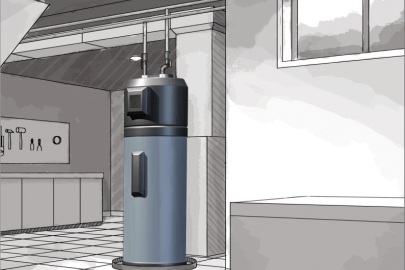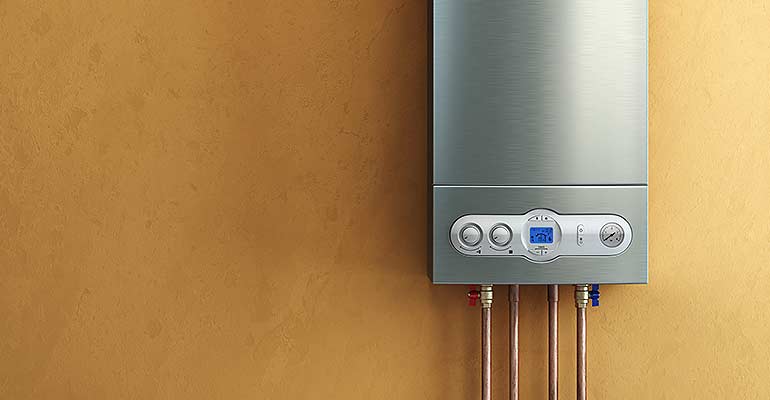The writer is making a few good points on Tips on Maintaining a Water Heater in general in this post down below.

Warm water is vital for day-to-day comfort, whether it's for a rejuvenating shower or cleaning recipes. To ensure your hot water system runs successfully and lasts much longer, regular upkeep is key. This post gives practical tips and understandings on how to keep your home's hot water system to avoid interruptions and expensive fixings.
Introduction
Preserving your home's warm water system could seem difficult, however with a couple of basic actions, you can guarantee it runs smoothly for years to come. This guide covers everything from understanding your hot water system to DIY maintenance tips and knowing when to hire professional help.
Importance of Maintaining Your Hot Water System
Regular maintenance not only extends the lifespan of your hot water system but additionally guarantees it runs successfully. Disregarding upkeep can bring about lowered performance, greater power costs, and even early failing of the system.
Indications Your Hot Water System Requirements Maintenance
Recognizing when your warm water system requires interest can prevent significant concerns. Keep an eye out for indications such as irregular water temperature level, strange noises from the heater, or corroded water.
Purging the Hot Water Heater
Flushing your hot water heater gets rid of sediment buildup, boosting effectiveness and extending its life.
Checking and Changing Anode Rods
Anode rods prevent deterioration inside the storage tank. Examining and replacing them when worn out is critical.
Complicated Issues Calling For Expert Help
Instances include major leakages, electrical troubles, or if your water heater is consistently underperforming.
Regular Professional Upkeep Perks
Expert upkeep can include complete inspections, tune-ups, and making sure compliance with safety and security requirements.
Inspecting and Changing Temperature Settings
Readjusting the temperature settings ensures optimal efficiency and safety and security.
DIY Tips for Upkeep
You can perform a number of upkeep tasks on your own to keep your warm water system in leading condition.
Looking for Leakages
Frequently evaluate pipes and links for leaks, as these can cause water damages and higher expenses.
Recognizing Your Hot Water System
Before diving right into maintenance tasks, it's handy to understand the fundamental parts of your hot water system. Usually, this includes the water heater itself, pipes, anode poles, and temperature level controls.
Monthly Maintenance Tasks
Routine month-to-month checks can help catch small concerns prior to they escalate.
Evaluating Stress Alleviation Valves
Examining the pressure safety valve guarantees it operates appropriately and prevents extreme pressure accumulation.
Protecting Pipes
Insulating hot water pipelines minimizes heat loss and can conserve power.
When to Call an Expert
While do it yourself maintenance is advantageous, some problems call for specialist knowledge.
Final thought
Normal upkeep of your home's warm water system is essential for efficiency, durability, and expense savings. By complying with these ideas and recognizing when to look for specialist aid, you can make certain a reliable supply of hot water without unexpected disruptions.
Water Heater Maintenance Tips
Test the TPR Valve
Shut off the power and the cold-water supply valve. Place a bucket under the pipe connected to the temperature-pressure-release (TPR) valve on the top or side of the tank. (This valve opens if the tank pressure gets too high.) Lift the valve’s tab to let some water out, then let go. If water keeps flowing, drain the tank partway, unscrew the old valve with a pipe wrench, and install a new one. Check the Anode Rod
Put a hose to the tank’s drain cock and let out a few gallons of water. Now fit a 1 1/16-inch socket onto the rod’s hex head on top of the heater (or under its top plate) and unscrew the rod. If it’s less than ½ inch thick or coated with calcium, buy a new one, wrap its threads with Teflon tape, put it back in the tank, and tighten securely. Use this segmented rod if headroom above the tank is limited. Drain the Tank and Wash Out Sediment
Drain the remaining water in the tank into the bucket, then stir up the sediment on the tank’s bottom by briefly opening the cold-water supply valve. Drain and repeat until clean water comes out of the hose. Close the drain cock, refill the tank, and turn its power back on. Adjust the Temperature
Find the temperature dial on the side of the tank and unscrew its cover. Adjust the dial to 120 degrees using a flathead screwdriver. For every 10 degrees the temperature is lowered, you can expect to save up to 5 percent in energy costs. Turn the water heater off or the thermostat down to its lowest setting if you plan to be away from home for more than three days. Insulate the Pipes
Buy some self-sticking 3/8-inch-thick foam pipe insulation that matches the pipes’ diameter. Slide the foam over the hot-and cold-water pipes as far as you can reach. Insulating the cold-water pipe prevents condensation in summer. Peel the tape and squeeze the insulation closed. If the pipe is 6 inches or less from the flue, cover it with 1-inch-thick unfaced fiberglass pipe wrap. https://www.thisoldhouse.com/plumbing/21016402/how-to-maintain-a-water-heater

I hope you enjoyed our section about Tips For Maintaining Your Hot Water Heater. Thank you for taking time to read through our blog post. Are you aware of another person who is excited about the niche? Please feel free to promote it. I cherish your readership.
Schedule Now